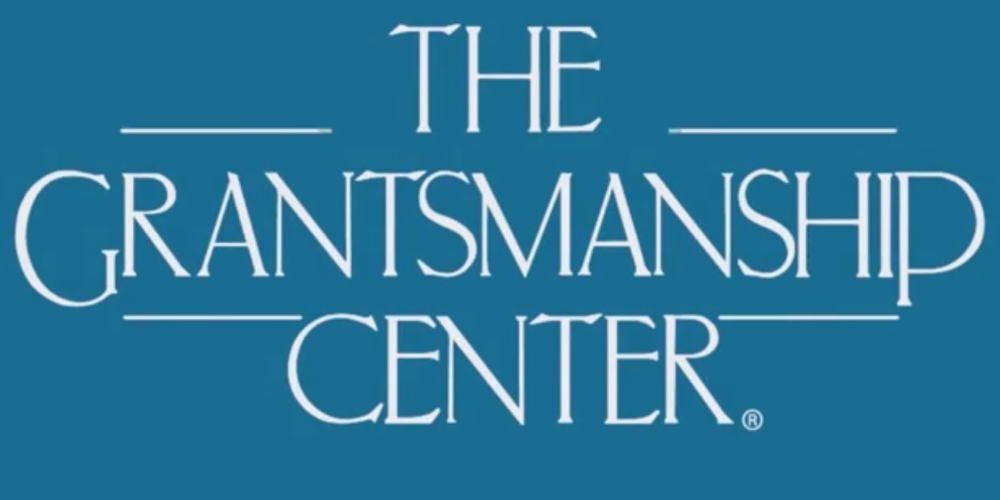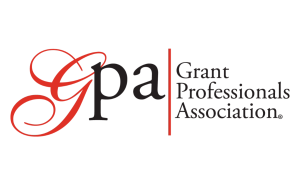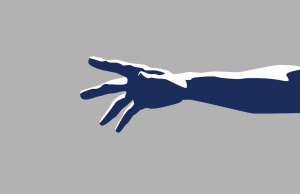Grants are social investments and to invest wisely, funders look for effective nonprofits that deliver high-quality programs. Unfortunately, some nonprofits that offer deep subject-area expertise, broad community capital, and fiery passion don’t win grants simply because staff don’t know how to interpret funders’ application guidelines.
“Many nonprofit staff members charged with securing grant funds have limited experience in interpreting funder requirements or developing sound, logical grant proposals,” said Barbara Floersch, chief of training and curriculum of The Grantsmanship Center in Los Angeles. “If application guidelines don’t provide crystal clear guidance, everyone loses.”
“There are many reasons application guidelines fail to support good proposal development,” said Floersch. The guidelines may be historical documents that have morphed in unfortunate ways over time. They might be the results of a group effort that lacked a coordinated approach. They might lean heavily on jargon that’s clear to the funder but mystifying to the applicant. Maybe they were hammered together quickly in response to new legislation, laying out a labyrinth of must-dos that meet red-tape demands but defy logic.
- To elicit high-quality grant proposals Floersch suggests funders reevaluate their application guidelines regularly with an eye towards helping applicants prepare clear requests for support. They should:
- To elicit logical, well-organized grant proposals the guidelines must also be logical and well organized.
- Define terms and, when possible, provide examples. Funders use vastly different terminology and nonprofit staff new to grants work can easily misinterpret what’s being asked of them. “I once helped a new proposal writer respond to guidelines that required explanation of the program’s vision, goals, objectives, approaches, long-term and short-term outcomes, results, and impacts,” said Floersch. “We sorted it out, but definitions and examples would have been extremely helpful to the applicant.”
- If two or more questions seem redundant, rework them so that applicants can more clearly understand the information each is meant to elicit.
- Provide a contact person. Not all early-career proposal writers have access to experienced guidance, and even experienced grants professionals can sometimes need clarity. Being willing to answer questions lays the groundwork for receiving better quality proposals.
It’s best practice for nonprofits to engage beneficiaries in program planning. “The idea is that no one understands the problem better than those affected,” said Floersch. “And likewise, engaging grantseekers in developing or reviewing application guidelines could benefit both funders and nonprofits.” When grant application guidelines are clear, logical, and easy to follow, they elicit better grant proposals. © Copyright 2019 The Grantsmanship Center.








